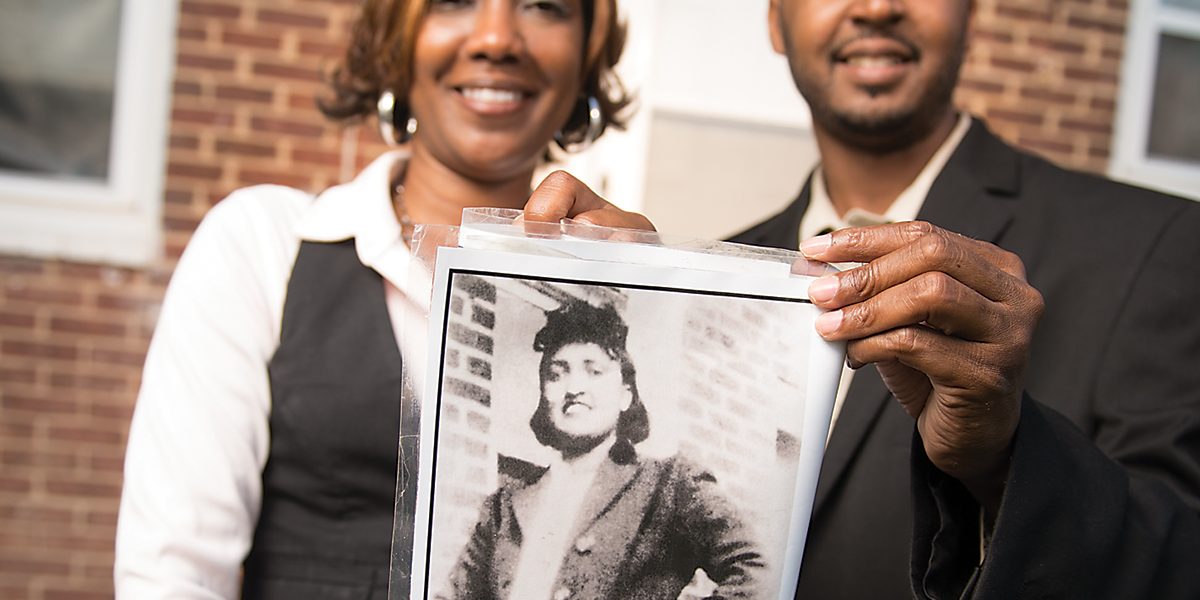Health & Wellness
The Hard Cell
Family "in the conversation" after a 60-year battle
It has been a 60-year battle. On January 29, 1951, doctors at The Johns Hopkins Hospital took a biopsy from Henrietta Lacks—wife of a Bethlehem Steel worker—who had an aggressive form of cervical cancer.
Though she passed away eight months later, the tissue that was used without her consent went on to establish the cell line HeLa—the first immortal human cells ever grown in a culture, which have been invaluable to medical researchers ever since.
However, the Lacks family has never been consulted when researchers use this genomic data—something heavily profiled in Rebecca Skloot’s book The Immortal Life of Henrietta Lacks—until now. In August, the National Institutes of Health (NIH) made a privacy agreement with the Lacks family. “In 20 years at NIH, I can’t think of a specific experience more charged with scientific and ethical challenges than this one,” says NIH director Dr. Francis S. Collins. “It is truly fitting that her story is catalyzing changes in policy.”
Though the cells have been used in countless studies through the years, her family became concerned this past spring when German researchers completed the first whole genome sequence of her cell line and posted it to an open-access database.
“We were left in the dark,” says Owings Mills resident Jeri Lacks Whye, Lacks’s granddaughter, pictured, with her brother David. “For the past 60 years, we were pulled into science without consent and weren’t given a voice until now.”
The new agreement requires NIH-funded researchers to use a “controlled-access” database of the HeLa cell genome, governed by a panel that contains two of her grandchildren, both still living in Baltimore. “We are happy to be in the conversation now,” Lacks Whye says. “This is important in the legacy of Henrietta Lacks as a person.”
